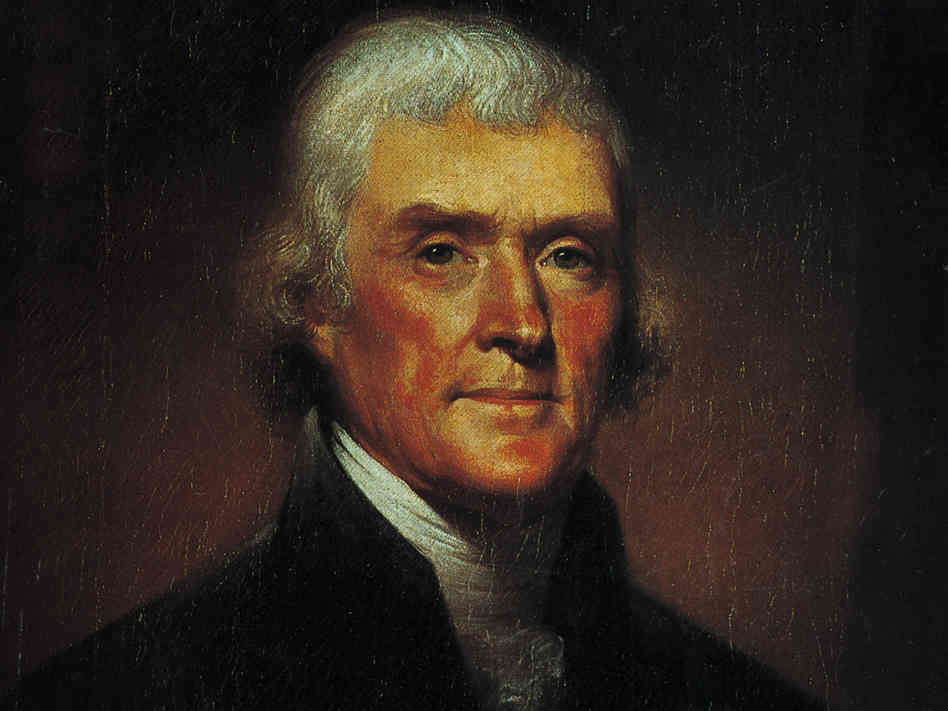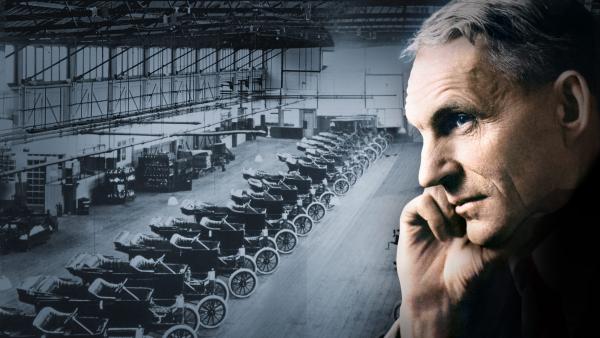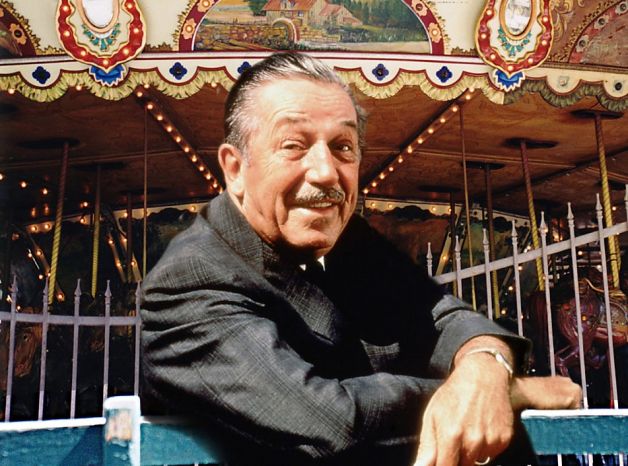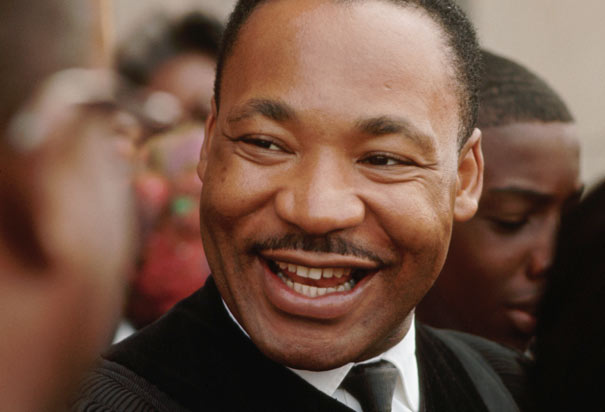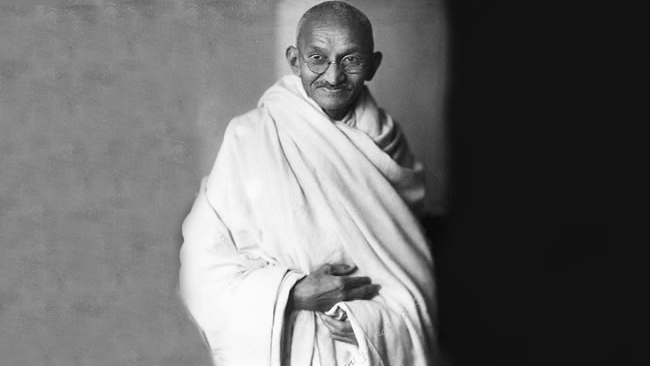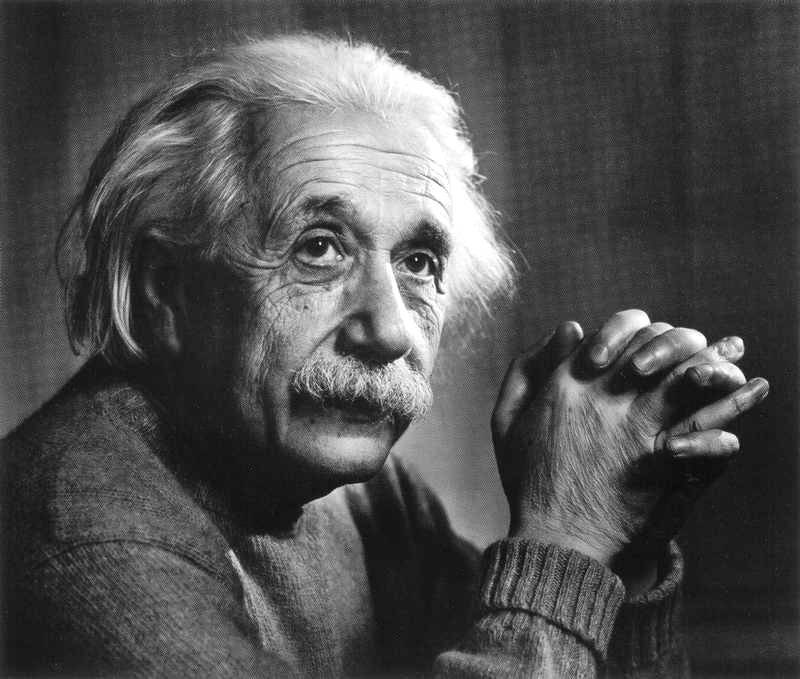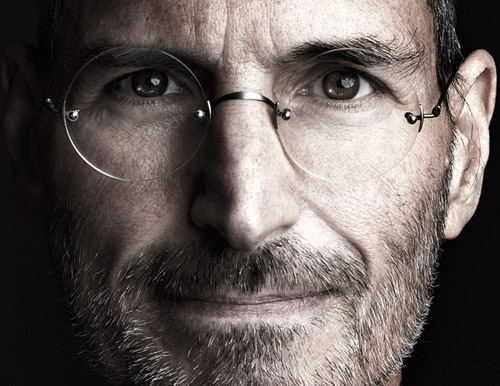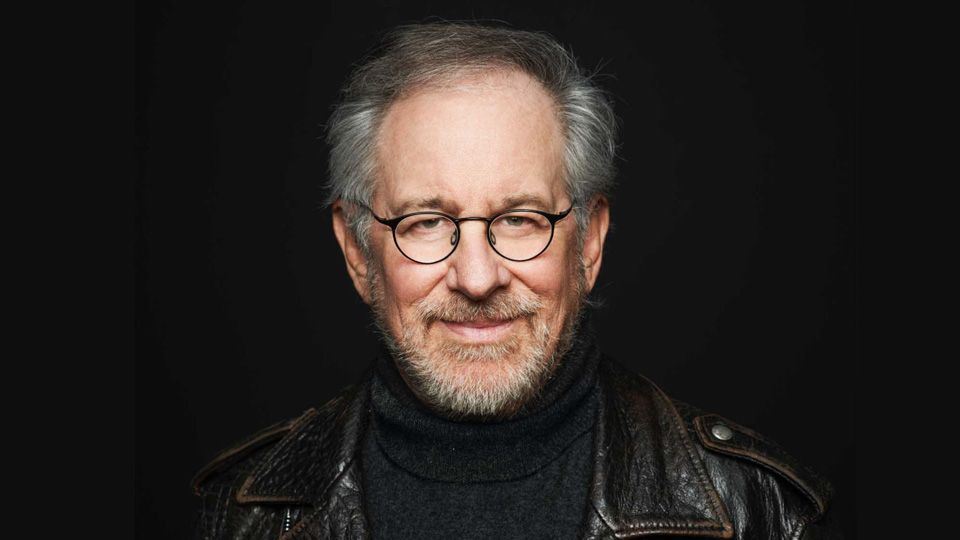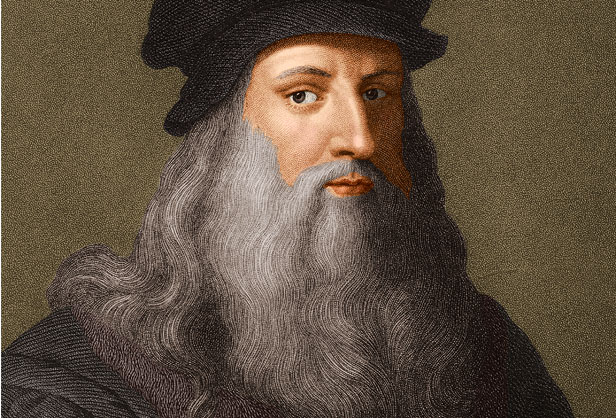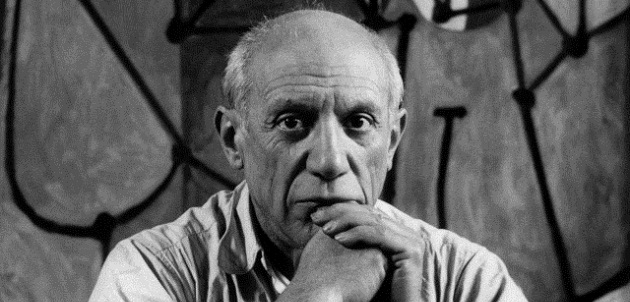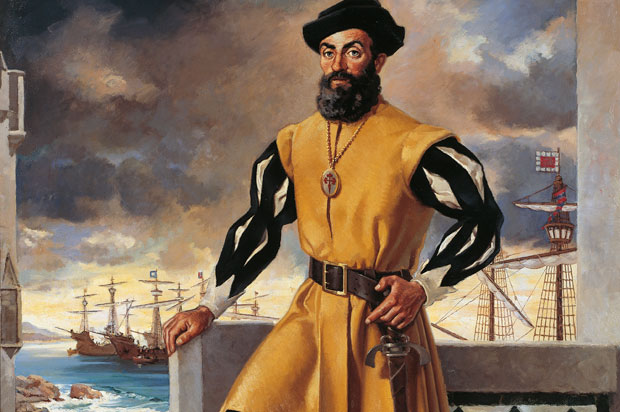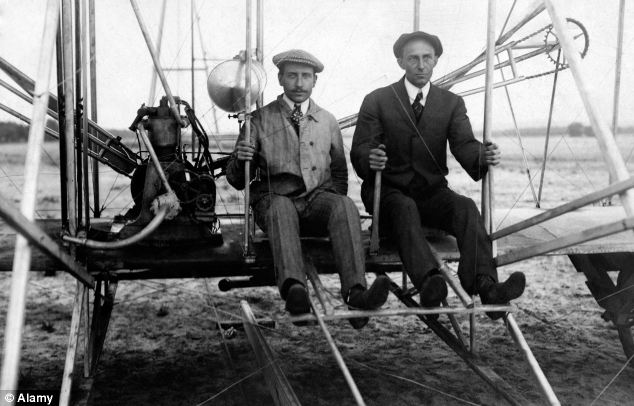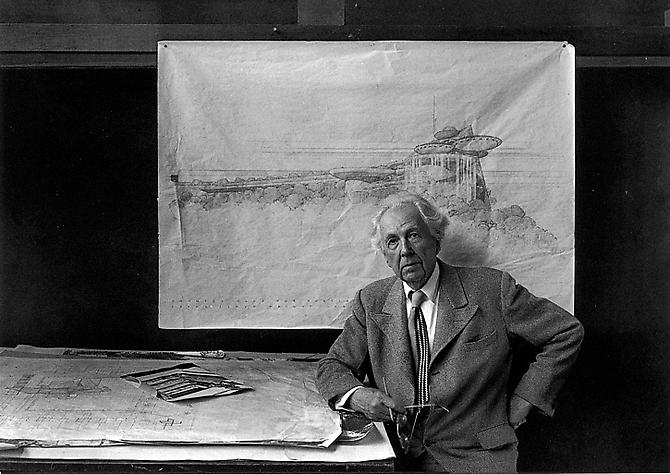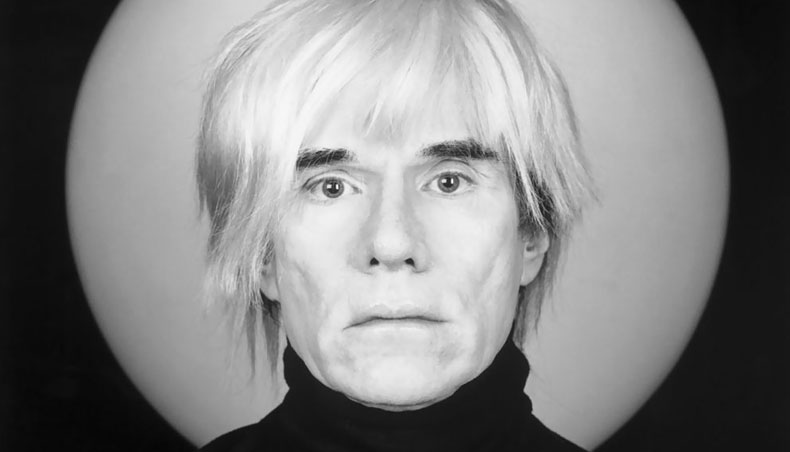
12 May 18 World-Changing Leaders Who Will Ignite Your Imagination
We’ve identified some of the most influential visionaries of all time and chronicled 18 intriguing real-life tales that are sure to fascinate and inspire.
These are some of the world’s most iconic innovators, spirited explorers, noble politicians, and virtuous peacekeepers; and in honor of Life Vision month, we wish to pay homage to the men and women whose life stories serve as an inspiration to our world.
18 World-Changing Visionary Leaders
Thomas Jefferson (and all the Founding Fathers)
Thomas Jefferson was an American Founding Father, the principle author of the Declaration of Independence, and the 3rd president of the United States of America.
A leader in the Age of Enlightenment, Jefferson spoke five languages, and was deeply intrigued by science, invention, architecture, religion and philosophy.
He was a fierce spokesman for democracy who expressed a sophisticated and radical vision of liberty with incredible grace. He affirmed that all people are entitled to liberty, regardless of the law. He stood firmly on the belief that, if laws don’t protect liberty, then the laws are illegitimate, and people may rebel. While Jefferson didn’t originate this idea, he put it in a way that set fire to the imagination of people around the world. He developed a doctrine for strictly limiting the power of government – which he believed to be the most dangerous threat to liberty everywhere.
Some of Thomas Jefferson’s final words were,
“I have done for my country, and for all mankind, all that I could do,
and I now resign my soul, without fear, to my God.”
Henry Ford
It was Henry Ford’s innovative ideas that revolutionized the automotive/transportation industry, and brought mobility to the masses. It’s tough to think of a man who carried the torch of business further than Henry Ford.
Ford had a global vision, with consumerism as the key to peace. He became famous for pioneering the assembly line and in the process, the technique of mass production. Amazingly, Ford jump-started the Ford Motor Company with virtually none of his own money. Ford raised a nominal sum of money from friends for initial working capital purposes. He then proceeded to cleverly negotiate deals with his suppliers that let him purchase parts on credit.
This in turn motivated him to sell his cars quickly – at a profit – so as to repay his suppliers.
After years of diligently reinvesting those profits back into the business, Ford Motor became an industrial giant, and Henry Ford became one of the richest and best-known people in the world.
Walt Disney
Walter Elias (Walt) Disney was an American business magnate, animator, cartoonist, producer, director, screenwriter, entrepreneur, and voice actor.
During Disney’s young life, he pursued a career in commercial art. After his Laugh-O-Grams company fell bankrupt, Walt turned to Hollywood with only twenty dollars in his pocket.
Walt quickly became a Hollywood figure after the success of his “Alice Comedies,” and married his employee Lillian Bounds, who bore him two daughters.
Disney’s career skyrocketed during the early 1930’s when he successfully released “Steamboat Willie,” the first Mickey Mouse cartoon with sound (which Disney himself provided the original voice), which became an instant success.
During his lifetime he received four honorary Academy Awards and won an astounding 22 Academy Awards from a total of 59 nominations, including a record four in one year, giving him more awards and nominations than any other individual in history. Disney also won seven Emmy Awards and gave his name to the Disneyland and Walt Disney World Resort theme parks in the U.S., as well as the international resorts like Tokyo Disney Resort, Disneyland Paris, and Hong Kong Disneyland.
Walt Disney was the visionary leader whose pioneering spirit and inimitable creativity made the impossible possible, turned dreams into reality, and built the foundation of The Walt Disney Company. His very name will forever evoke eternal childhood memories.
Oprah Winfrey
The odds of success would seem slim for a poor woman born in the backwoods of Mississippi to a teenage single mother. Especially after such monumental hardships early in life… Being raised in inner-city Milwaukee, raped at the age of 9, and giving birth to her own son (who died in infancy) at the age of 14. For the average person, these challenges would add up to misery and defeat. But not to Oprah Winfrey.
Oprah landed her first radio job in high school. She soon transferred to daytime talk TV where, after success powering up ratings for a Chicago TV show, she started her own production company. That production company, Harpo, launched an empire. The Oprah Winfrey show is the highest-rated talk show in TV history, and has won her several Emmy Awards. She’s also an incredible philanthropist who donates a cut of her $1.3 billion net worth to a variety of causes benefitting women, children, and families.
Oprah is currently North America’s only black billionaire, and is, according to some assessments, the single most influential woman in the world.
Ayn Rand
Ayn Rand was an American novelist, philosopher, playwright, and screenwriter, and is known around the world for developing a philosophical system she called Objectivism.
Rand advocated reason (the capacity for consciously making sense of things, applying logic, and establishing and verifying facts) as the only means of acquiring knowledge and rejected faith and religion.
Ayn Rand may have the most humble origins of anyone so far mentioned. She grew up in tsarist Russia, just in time to see her father’s successful pharmacy confiscated by the invading Bolsheviks, and her family made to flee the country.
She began to despise the totalitarian environment she had always known, and boldly left for the United States at age 21, on a student visa. Her goal upon arrival was to make a name for herself as a Hollywood writer. After writing several plays, however, she realized that her true talents were found in fiction writing. Having penned such enduring best sellers as “The Fountainhead” and “Atlas Shrugged”, Rand is now recognized as one of the most influential fiction writers of all time.
One survey, by the Library of Congress, found that book readers ranked “Atlas Shrugged” as the second most influential book in their lives, after the Bible.
Martin Luther King, Jr.
Martin Luther King, Jr. was an American clergyman, activist, humanitarian, and leader in the African-American Civil Rights Movement.
He is best known for his role in the advancement of civil rights using nonviolent civil disobedience. Inspired by Mahatma Gandhi’s success with non-violent activism, King had “for a long time…wanted to take a trip to India.” Finally, he was able to make the journey in April 1959, at the age of 30. The trip to India affected King, deepening his understanding of non-violent resistance and his commitment to America’s struggle for civil rights.
Afterward, King helped to organize the 1963 March on Washington, where he delivered his “I Have a Dream” speech. There, he established his reputation as one of the greatest orators in American history.
During this 17-minute speech, he departed from his prepared text, possibly at the prompting of Mahalia Jackson (a gospel singer who performed at the March on Washington), who shouted behind him, “Tell them about the dream!” In response, King said:
“I say to you today, my friends, so even though we face the difficulties of today and tomorrow, I still have a dream. It is a dream deeply rooted in the American dream.
I have a dream that one day this nation will rise up and live out the true meaning of its creed: ‘We hold these truths to be self-evident: that all men are created equal.’
I have a dream that one day on the red hills of Georgia the sons of former slaves and the sons of former slave owners will be able to sit down together at the table of brotherhood.
I have a dream that one day even the state of Mississippi, a state sweltering with the heat of injustice, sweltering with the heat of oppression, will be transformed into an oasis of freedom and justice.
I have a dream that my four little children will one day live in a nation where they will not be judged by the color of their skin but by the content of their character.
I have a dream today.
I have a dream that one day, down in Alabama, with its vicious racists, with its governor having his lips dripping with the words of interposition and nullification; one day right there in Alabama, little black boys and black girls will be able to join hands with little white boys and white girls as sisters and brothers.
I have a dream today.”
“I Have a Dream” came to be regarded as one of the finest speeches in the history of American oratory. The March, and especially King’s speech, helped put civil rights at the top of the liberal political agenda in the United States and facilitated passage of the Civil Rights Act of 1964.
King has become a national icon in the history of American progressivism. On October 14, 1964, King received the Nobel Peace Prize for combating racial inequality through nonviolence.
Mahatma Gandhi
Mohandas Karamchand Gandhi was the preeminent leader of the Indian Independence Movement, employing nonviolent civil disobedience in then British-ruled India to secure the country’s independence.
Born and raised in a Hindu, merchant caste family in coastal western India, and trained in law at the Inner Temple, London, Gandhi first employed nonviolent civil disobedience as an expatriate lawyer in South Africa.
After his return to India in 1915, he set about organizing peasants, farmers, and urban laborers to protest against excessive land-tax and discrimination. While in India, Gandhi’s obvious virtue, simplistic lifestyle, and minimal dress endeared him to the people.
Assuming leadership of the Indian National Congress in 1921, Gandhi led nationwide campaigns for easing poverty, expanding women’s rights, building religious and ethnic amity, ending untouchability, but above all for achieving Swaraj, or self-rule.
Gandhi famously led Indians in challenging the British-imposed salt tax with the 250 mile Dandi Salt March in 1930, and later in calling for the British to Quit India in 1942. He was imprisoned for many years, upon many occasions, in both South Africa and India.
Gandhi attempted to practice nonviolence and truth in all situations, and advocated that others do the same. He lived modestly in a self-sufficient residential community and wore traditional Indian clothing. He ate simple vegetarian food, and also undertook long fasts as means of both self-purification and social protest.
Gandhi’s political feats have inspired movements for civil rights and freedom everywhere, and have left the world a truly better place.
Albert Einstein
Albert Einstein was born to a middle-class German Jewish family. His parents were concerned that he scarcely talked until the age of three, but he was simply a quiet child. He loved building tall houses of cards, and at the age of twelve he became fascinated by geometry books.
At the age of fifteen, Albert quit high school, disgusted by rote learning and martinet teachers and travelled with his family to Italy.
In 1905, Einstein’s famous Theory of Relativity was published and became one of the two pillars of modern physics. While best known for his mass–energy equivalence formula E = mc2 (which has been dubbed “the world’s most famous equation”), he received the 1921 Nobel Prize in Physics “for his services to theoretical physics, and especially for his discovery of the law of the photoelectric effect.” The latter was pivotal in establishing quantum theory.
He was visiting the United States when Adolf Hitler came to power in 1933 and did not go back to Germany. He settled in the U.S., becoming an American citizen in 1940. On the eve of World War II, he endorsed a letter to President Franklin D. Roosevelt, alerting him to the potential development of “extremely powerful bombs of a new type,” and recommending that the U.S. begin similar research. This eventually led to what would become the Manhattan Project. Einstein supported defending the Allied forces, but largely denounced using the new discovery of nuclear fission as a weapon. Later, with the British philosopher Bertrand Russell, Einstein signed the Russell–Einstein Manifesto, which highlighted the danger of nuclear weapons.
Einstein published more than 300 scientific papers along with over 150 non-scientific works. His great intellectual achievements and originality have made the word “Einstein” synonymous with genius.
Steve Jobs
“The people who are crazy enough to think that they can change the world,
are the ones who do.”
And out of those people, there was one man who managed to revolutionize the world, radically changing the computer, music, and movie industries. His name was Steven Paul Jobs. Take a walk through town; you can’t turn one corner without seeing the famous Apple logo in someone’s hands.
Steve Jobs left college on nothing more than the overwhelming feeling that he was not going to find his true calling there. Jobs teamed up with engineering wiz Steve Wozniak to create the world’s first personal computer, leading to a wave of innovation that culminated in the Apple line of products.
After being kicked out of the company he started, Jobs founded animated movie giant Pixar, and served as CEO and majority shareholder until Disney’s purchase of Pixar in 2006.
Later, he returned to Apple to spearhead a Renaissance led by the creation of the iPod, iMac, iTunes, iPhone and iPad, and on the services side, the company’s Apple Retail Stores, iTunes Store and the App Store. The success of these products and services propelled Apple to become the world’s most valuable publicly traded company in 2011. The reinvigoration of the company is regarded by many commentators as “one of the greatest turnarounds in business history.”
Jobs’ contribution to the world has been legendary, and as a result he has been referred to as a futurist, a visionary, a design perfectionist, a master of innovation, and the father of the Digital Revolution.
Bill Gates
Bill Gates was lucky to come from a family of entrepreneurship and high-spirited liveliness. He had an early interest in software and began programming computers at the age of thirteen. As young teenagers Bill Gates and his childhood friend, Paul Allen, ran a small company called Traf-O-Data, which sold a computer to the city of Seattle that could count city traffic.
After dropping out of the nation’s top-ranked university, Harvard, because he “just couldn’t bring himself to go to class,” Gates ambitiously founded Microsoft with partner Paul Allen.
The company originally set out to sell computer programming languages, but soon veered very far (and very profitably) off of that path. Instead, Microsoft created the now-ubiquitous Windows operating system that powers 90% of the world’s personal computers.
Gates’ vision, “A computer on every desk and in every home” provided a glimpse of the future – where all offices and homes had computers – even though his company, Microsoft, did not make computers at the time and most people saw little need for them. Today, more than 25 years later, computers are commonplace and considered essential work and home tools by the majority of people around the world. Additionally, Microsoft is one of the world’s most successful, respected and profitable companies.
Gates officially retired from Microsoft in 2008, exiting with a net worth of $58 billion, 3rd place on Forbes’ 100 Wealthiest People list, and a reputation for being the best-known entrepreneurs for the personal computer revolution.
Steven Spielberg
Steven Allan Spielberg is an American film director, screenwriter, producer, and business magnate, and the single most commercially successful Hollywood filmmaker in history. A lifelong cinema buff, Spielberg began directing his first short movies while still a child.
In a career of more than four decades, Spielberg’s films have covered many themes and genres. Spielberg’s early science fiction and adventure films were seen as archetypes of modern Hollywood blockbuster filmmaking. In later years, his films began addressing humanistic issues such as the Holocaust, the transatlantic slave trade, war, and terrorism. He is also one of the co-founders of DreamWorks movie studio.
Spielberg won Academy Awards for Best Director for Schindler’s List and Saving Private Ryan. Three of Spielberg’s films – Jaws, E.T. the Extra-Terrestrial, and Jurassic Park – achieved box office records, each becoming the highest-grossing film made at the time. To date, the unadjusted gross of all Spielberg-directed films exceeds $8.5 billion worldwide, and Forbes puts Spielberg’s wealth at $3.3 billion. He is considered one of the most popular and influential filmmakers in the history of cinema.
Leonardo Da Vinci
Leonardo di ser Piero da Vinci was an Italian Renaissance painter, sculptor, architect, musician, mathematician, engineer, inventor, anatomist, geologist, cartographer, botanist, and writer. His genius, perhaps more than that of any other figure, epitomized the Renaissance humanist ideal. Leonardo has often been described as the archetype of the Renaissance Man; a man of “unquenchable curiosity” and “feverishly inventive imagination.”
According to art historian Helen Gardner, the scope and depth of his interests were without precedent and “his mind and personality seem to us superhuman, the man himself mysterious and remote”. Marco Rosci states that while there is much speculation about Leonardo, his vision of the world is essentially logical rather than mysterious, and that the empirical methods he employed were unusual for his time.
Leonardo is renowned primarily as a painter. Among his works, the Mona Lisa is the most famous and most parodied portrait, and The Last Supper the most reproduced religious painting of all time. Leonardo’s drawing of the Vitruvian Man is also regarded as a cultural icon.
Leonardo is revered for his technological ingenuity. He conceptualized flying machines, a tank, concentrated solar power, an adding machine, and the double hull, also outlining a rudimentary theory of plate tectonics. Relatively few of his designs were constructed or were even feasible during his lifetime. He also made important discoveries in anatomy, civil engineering, optics, and hydrodynamics. As a result, he is widely considered to be one of the greatest painters of all time and perhaps the most diversely talented person ever to have lived.
Pablo Picasso
Pablo Ruiz y Picasso was a Spanish painter, sculptor, printmaker, ceramicist, and stage designer. As one of the greatest and most influential artists of the 20th century, he is known for co-founding the Cubist movement, the invention of constructed sculpture, the co-invention of collage, and for the wide variety of styles that he helped develop and explore.
Picasso, Henri Matisse and Marcel Duchamp are regarded as the three artists who most defined the revolutionary developments in the plastic arts in the opening decades of the 20th century, responsible for significant developments in painting, sculpture, printmaking and ceramics.
Picasso demonstrated extraordinary artistic talent in his early years, painting in a realistic manner through his childhood and adolescence. During the first decade of the 20th century, his style changed as he experimented with different theories, techniques, and ideas. His revolutionary artistic accomplishments brought him universal renown and immense fortune, making him one of the best-known figures in 20th-century art.
Ferdinand Magellan
Ferdinand Magellan was a Portuguese explorer who organized the expedition that resulted in the first circumnavigation of the Earth.
He was born in a still disputed location in northern Portugal, and served King Charles I of Spain in search of a westward route to the “Spice Islands” (modern Maluku Islands in Indonesia). Soon after Columbus’ westward voyage the Spanish realized that the lands of the Americas were not a part of Asia, but a new continent. Spain urgently needed to find a new commercial route to Asia, and so Magellan and his partner Rui Faleiro presented their project to the Spanish King. Magellan’s project, if successful, would realize Columbus’ plan of a spice route by sailing west without damaging relations with the Portuguese.
They finally set sail on September 20, 1519. While his expedition completed the first circumnavigation of the Earth. Magellan did not complete the entire voyage himself, as he was killed during the Battle of Mactan in the Philippines.
The Wright Brothers
The Wright brothers, Orville and Wilbur, were two American brothers, inventors, and aviation pioneers who were credited with inventing and building the world’s first successful airplane and making the first controlled, powered and sustained heavier-than-air human flight, on December 17, 1903.
From 1905 to 1907, the brothers developed their flying machine into the first practical fixed-wing aircraft. Although not the first to build and fly experimental aircraft, the Wright brothers were the first to invent aircraft controls that made fixed-wing powered flight possible.
The brothers’ fundamental breakthrough was their invention of three-axis control, which enabled the pilot to steer the aircraft effectively and to maintain its equilibrium. This method became standard and remains standard on fixed-wing aircraft of all kinds. From the beginning of their aeronautical work, the Wright brothers focused on developing a reliable method of pilot control as the key to solving “the flying problem.” This approach differed significantly from other experimenters of the time who put more emphasis on developing powerful engines.
Using a small homebuilt wind tunnel, the Wrights also collected more accurate data than any before, enabling them to design and build wings and propellers that were more efficient than any before. Their innovative ideas and designs changed the world of transportation forever.
Thomas Edison
Thomas Alva Edison was an American inventor and businessman. Some of his many inventions include the phonograph, the motion picture camera, and a long-lasting, practical electric light bulb. Dubbed “The Wizard of Menlo Park”, he was one of the first inventors to apply the principles of mass production and large-scale teamwork to the process of invention, and because of that, he is often credited with the creation of the first industrial research laboratory.
Edison is the fourth most prolific inventor in history, holding 1,093 US patents in his name, as well as many patents in the United Kingdom, France, and Germany. More significant than the number of Edison’s patents, are the impacts of his inventions, because Edison not only invented things, his inventions established major new industries world-wide, notably, electric light and power utilities, sound recording, and motion pictures. Edison’s inventions contributed to mass communication and, in particular, telecommunications. These included a stock ticker, a mechanical vote recorder, a battery for an electric car, electrical power, recorded music and motion pictures.
His advanced work in these fields was an outgrowth of his early career as a telegraph operator. Edison developed a system of electric-power generation and distribution to homes, businesses, and factories – a crucial development in the modern industrialized world. His devices profoundly influenced life around the world.
Frank Lloyd Wright
Frank Lloyd Wright was an American architect, interior designer, writer and educator, who designed more than 1000 structures and completed 532 works.
Wright believed in designing structures that were in harmony with humanity and its environment, a philosophy he called organic architecture. This philosophy was best exemplified by his design for Fallingwater (1935), which has been called “the best all-time work of American architecture”.
His work includes original and innovative examples of many different building types, including offices, churches, schools, skyscrapers, hotels, and museums. Wright also designed many of the interior elements of his buildings, such as the furniture and stained glass.
Wright authored 20 books and many articles and was a popular lecturer in the United States and in Europe. Wright was recognized in 1991 by the American Institute of Architects as “the greatest American architect of all time,” and certainly influenced architecture around the world.
Andy Warhol
Andy Warhol was an American artist who was a leading figure in the visual art movement known as pop art. His works explore the relationship between artistic expression, celebrity culture and advertisement. After a successful career as a commercial illustrator, Warhol became a renowned and sometimes controversial artist. The Andy Warhol Museum in his native city, Pittsburgh, Pennsylvania, holds an extensive permanent collection of art and archives. It is the largest museum in the United States dedicated to a single artist.
Warhol’s art encompassed many forms of media, including hand drawing, painting, printmaking, photography, silk screening, sculpture, film, and music. He was also a pioneer in computer-generated art using Amiga computers that were introduced in 1984, two years before his death.
He is also notable as a gay man who lived openly as such before the gay liberation movement. His studio, The Factory, was a famous gathering place that brought together distinguished intellectuals, drag queens, playwrights, Bohemian street people, Hollywood celebrities, and wealthy patrons.
Warhol has been the subject of numerous retrospective exhibitions, books, and feature and documentary films. He coined the widely used expression “15 minutes of fame.” Many of his creations are very collectible and highly valuable. The highest price ever paid for a Warhol painting is US$105 million for a 1963 canvas titled “Silver Car Crash (Double Disaster)”. A 2009 article in The Economist described Warhol as the “bellwether of the art market.” Warhol’s works include some of the most expensive paintings ever sold, and he remains one of the most notable artists in history.
Sources: Wikipedia

